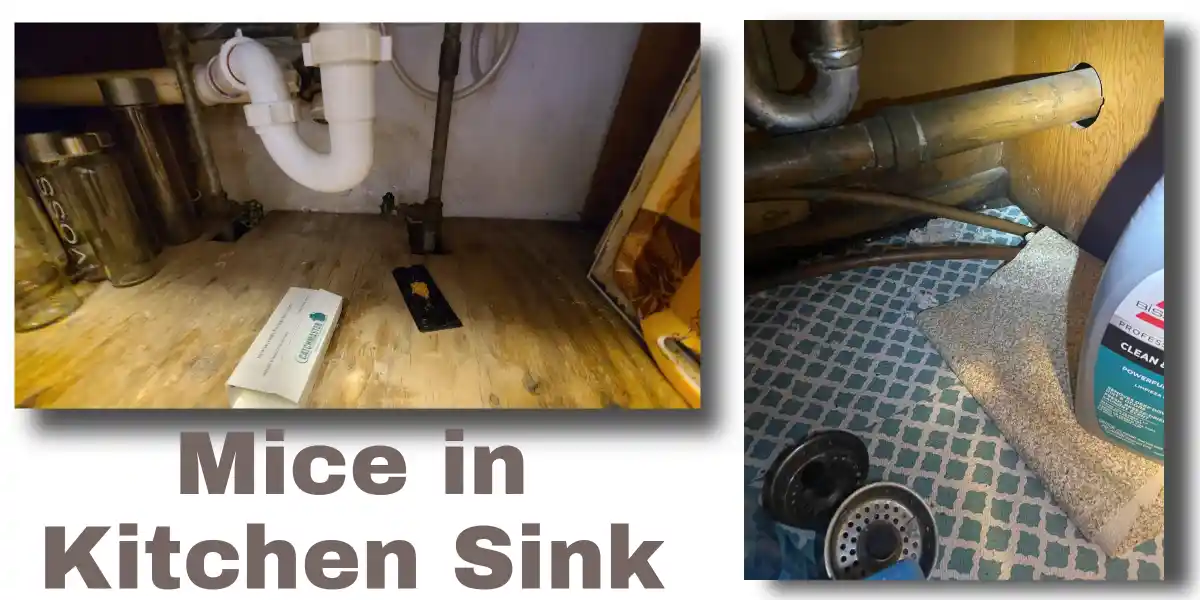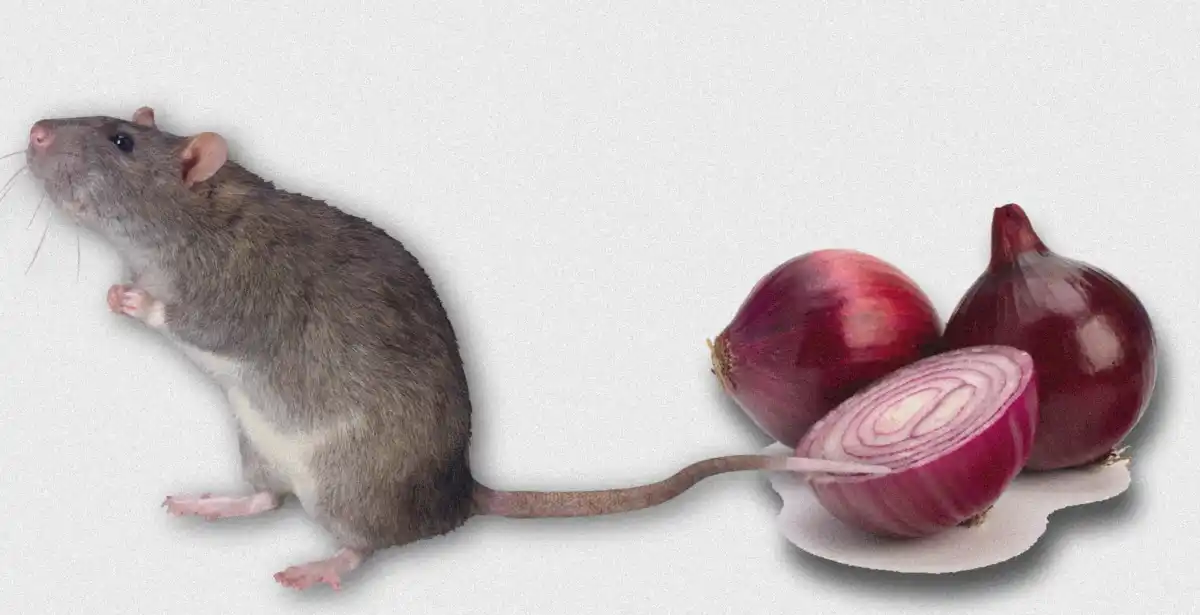Mouse in kitchen but no droppings is a problem that many people have to deal with. Just seeing a small, furry rodent can be enough to give you the chills. Still, you might see signs of a mouse, like chewed food packaging or missing crumbs, but not the mouse itself. People often worry about the lack of droppings.
Mouse in kitchen but no droppings

This article will talk about why a mouse might be in the kitchen but not leave any droppings.
1. Mouse type and habit
Understand that not every mouse is the same—different kinds of mice live in different places and have different habits. Mice are known to be sneaky and able to hide from people.
They often live in walls, ceilings, and crawl spaces to avoid being seen. This means that they might not always leave droppings in the kitchen or other places where they are active.
They might also be leaving droppings in places that are hard to find, like inside cabinets, drawers, and appliances.
2. The mouse is a baby
Baby mice in your house don’t make as much waste as adult mice, so they might not leave as many droppings. Also, they are still getting used to their surroundings and may not have found a specific spot to poop yet.
This could mean that they aren’t using the kitchen as their main place to live and aren’t leaving droppings there.
3. The critter doesn’t nest in your kitchen
The mouse might not always be in your kitchen, which is why you have a mouse in kitchen but no droppings.
Mice are usually most active at night when they are awake but are also seen during daylight hours.
During these times, you might not see any droppings if you are not in the kitchen. It’s also possible that the mouse is only in the kitchen to get food or water and will leave soon to go back to its nest or burrow. In this case, the mouse might not be in the kitchen long enough to leave droppings.
4. Mice hid their droppings
Mice are very good at hiding their droppings, which is a possibility in your kitchen’s case. These critters have the instinct to hide their waste so that predators don’t find it or so that disease doesn’t spread.
Thus, they can’t leave their waste in places where it’s easy to see, like on your counters or floors. Instead, they may be hiding them in corners, under appliances, or in other hard-to-reach areas.
There’s also a chance that the droppings are too small to see, especially if the mouse is young and doesn’t make much waste yet.
Do mice usually stay in the kitchen?
Mice are quite adaptable in many different places. Even though mice are often found in kitchens, this isn’t always where they like to live. Mice usually go to places where they can get easy access to food, water, and a place to live, even if it means going up the stairs. If your kitchen has all of these things, mice may be attracted to it.
Mice are also known to live in basements, attics, and other parts of the house where they can find similar resources. The primary reason why you will find a mouse in your kitchen in the first place is that you keep a lot of food there.
Mice will eat almost anything they can get their hands on, including crumbs, dropped food, and even pet food that is left out. They can also open food packages by chewing through them. Besides, your kitchen has lots of places to hide and enjoy easy access to water.
What to do if you find a mouse in your kitchen?
If you think there is a mouse in your kitchen but can’t find any droppings, there are other things to look for. For example, you might find food packaging that has been chewed or gnawed, small teeth marks on wood or plastic, or crumbs or food that have been eaten. You might also hear noises like scratching or scurrying from inside the walls, ceiling, or floors. Even if you can’t see any droppings, these sounds can tell you that the mouse is there and moving around.
If you think there’s a mouse in your kitchen, you should do something about it. Mice can spread diseases, make food unsafe to eat, and damage your home.
a. Don’t panic
When you see a mouse in your kitchen, it’s normal to feel scared, but stay calm. Mice are usually more afraid of people than we are of them, and they try to stay out of trouble.
If you scare a mouse, it may run away and hide, making it harder for you to deal with the problem. Staying calm and quiet can help you catch or get rid of the mouse without hurting it.
b. Find the point of entry
When you see a mouse in your kitchen, figure out how it got there. Mice can fit through very small spaces, even as small as a 6-7 mm hole (about the diameter of a normal-sized pen), so they may have gone in through a crack in the wall, a hole in the floor, or a hole around a pipe or cable.
c. Seal the holes
Check your kitchen for holes that mice could use to get in. If you find any, seal them with caulk or another suitable material. This includes holes in walls, floors, and ceilings, as well as spaces around doors and windows. Use steel wool, caulk, or something else to seal/fill in these holes.
d. Store your food in sealed containers
Put food in airtight containers. Mice are drawn to places where there is food, so keeping your food sealed can help keep them from coming into your home.
e. Clean your kitchen
Keep your kitchen clean and free of food debris and crumbs. Mice like dirty and cluttered places, so keeping your kitchen clean can help keep them away.
f. Set humane traps
To catch the mouse, set traps or utilize bait. On the market, there are many different kinds of traps and baits, such as glue traps, snap traps, and humane traps. Make sure to carefully follow the instructions to keep yourself and the mouse safe.
g. Get professional assistance
Think about hiring a professional company to get rid of pests. If you can’t solve the problem on your own, a pest control professional can help you get rid of the mouse safely and effectively.
Conclusion
Mice do enter kitchens without leaving any evidence such as droppings, which is generally due to how they act, how old they are, or where they nest. If you suspect a mouse in your kitchen, just follow the recommended steps above to deal with the problem and avoid possible health and safety risks.




